WAR! 1914
Lancaster and The King's Own go to War.
Generously supported by the Sir John Fisher Foundation.
The Territorial Force 1914
Both the 4th and 5th Battalions had arrived at their annual camp at
Kirkby Lonsdale on Sunday 2nd August 1914, and both returned home the
next day to await orders to mobilise.
On 5th August the 5th Battalion deposited their Colours in the Priory
Church and on the next day they departed for Barrow in Furness where
they joined the 4th Battalion in guarding the docks and shipyard.
The Territorials could not be forced to undertake overseas service, but
both battalions had volunteered to do so.
The 4th Battalion was relieved of its duties guarding the docks on 10th
August and moved to Ulverston, where the men were billeted in the Dale
Street School and the Victoria Grammar School. They left by train on
15th August for London and were deployed along the Great Western Railway
from Paddington to Maidenhead, with headquarters at Slough.
The 5th Battalion returned to Lancaster on the 12th August and were
accommodated in the former Wagon Works on Caton Road, until they
departed on the 14th for the Didcot area where they also guarded the
railway.
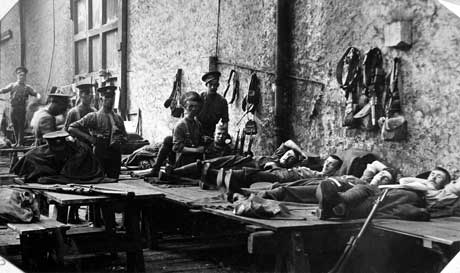
The Old Wagon Works, Caton Road
When the 5th Battalion, King’s Own returned from guarding the docks at
Barrow in Furness, accommodation had to be found for nearly 700 men.
Between Wednesday 12th and Friday 14th August 1914 the battalion
occupied the disused Railway Carriage and Wagon Works on Caton Road,
Lancaster. The men then departed for the Didcot area to guard lines of
communication.
Accession Number: KO2160/37-30
The 4th Battalion was not at full strength and needed more than 200 more
recruits to bring it up to war strength. A successful recruiting
campaign in the Furness area brought in 327, more than half of these
joining in the first week of September.
In the 5th Battalion, 938 men had volunteered for overseas service.
However, in early September, 200 were found to be either too young or
unfit for war service and an appeal was sent to Lancaster for men to
replace them. This was the start of the Morecambe and Lancaster “Pals”
companies.
After a recruiting meeting in the Central School in Morecambe more than
50 men volunteered; meanwhile more than 300 men volunteered in Lancaster
in the first few days of September.
The “Pals” were to swell in number and quickly formed the 5th (Reserve)
Battalion, later the 2nd/5th Battalion. However there was a pressing
need for men to join those in Didcot, and 200 of the “Pals” were
selected. They were dubbed “The Gallant 200” by the Lancaster Observer,
and departed by train on Sunday 6th September after attending church and
parading through Lancaster.
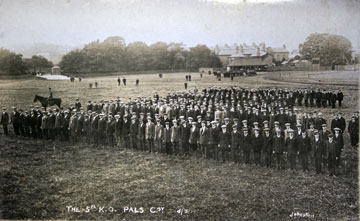
“Lancaster Pals” on Giant Axe Field, Lancaster, possibly 4th or 5th
September 1914. There are nearly 300 men in the photograph.
Accession Number: KO1091/10

“Lancaster Pals” after church parade on Sunday 6th September 1914
marching down Castle Park.
Accession Number: KO1225/01
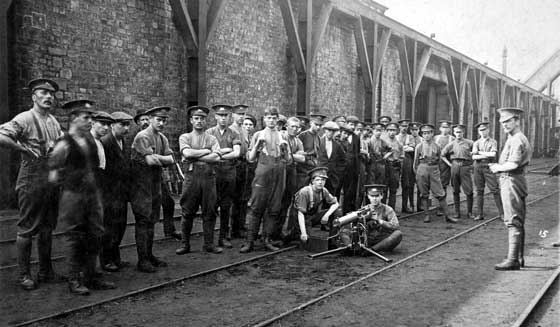
Machine gun class at the Wagon Works, August 1914.
Accession Number: KO0715/17
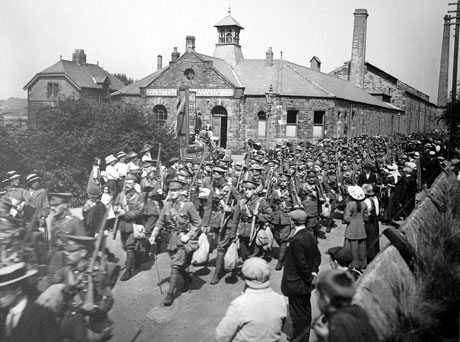
The 5th Battalion march from the Wagon Works to Lancaster Castle
station, along Caton Road, 14th August 1914.
Accession Number: KO1775/02
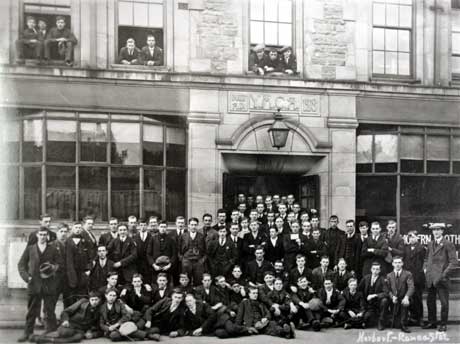
Soldiers of the 5th (Reserve) Battalion outside the YMCA, King Street,
Lancaster.
Accession Number: KO2490/348
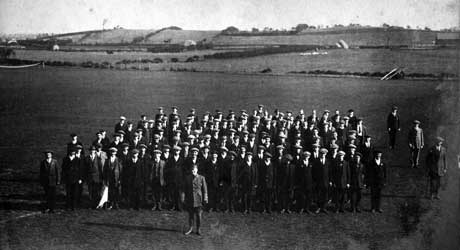
Morecambe Pals on parade, September 1914.
Accession Number: KO2046/33
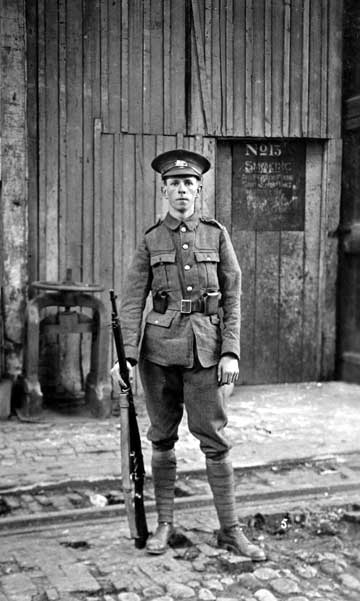
Private Harold Gordon Cooper, who joined the 5th Battalion in June 1910,
at the Wagon Works, August 1914. Private Cooper went overseas on 14th
February 1914, was wounded and discharged in October 1918. He worked for
the Post Office and served in the Home Guard in the Second World War.
Accession Number: KO2412/05
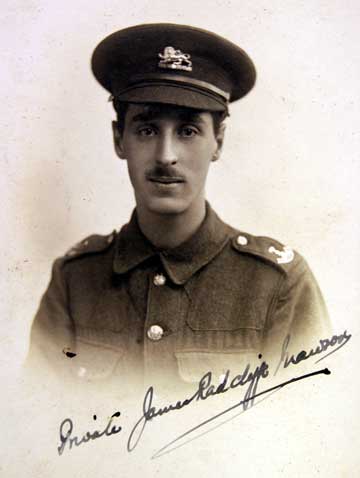
Lancaster “Pal”, Private James Radcliffe Mawson, who went overseas on
14th February 1915 and died of wounds received in the Second Battle of
Ypres on 23rd April 1915. Mawson’s father went on to design the
Westfield War Memorial Village in Lancaster.
Accession Number: KO2061/39-19
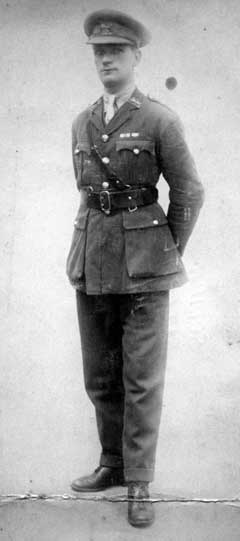
2nd Lieutenant Thomas Smith Bateson, in 1919, a “Pal” who gave up his
job on Lancaster’s trams, served with the 1st/5th Battalion until
commissioned into the 1st/4th King’s Own and awarded the Military Cross
for gallantry at Givenchy in April 1918.
Accession Number: KO2967/01
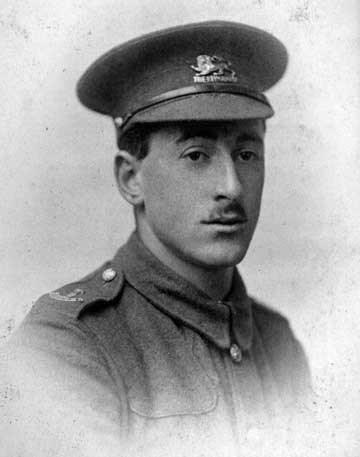
Private William Alfred Morris, a “Pal” who enlisted on 2nd September,
went to France on 14th February 1915, was wounded in June 1915 and
discharged in January 1916.
Accession Number: KO2061/39-20
© Images are copyright, Trustees of the King's Own Royal Regiment Museum.
You must seek permission prior to
publication of any of our images.
Only a proportion of our collections
are on display at anyone time. Certain items are on loan for display
in other institutions. An appointment is required to consult any of
our collections which are held in store.












